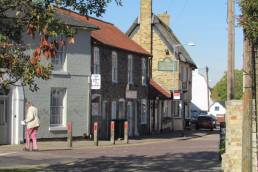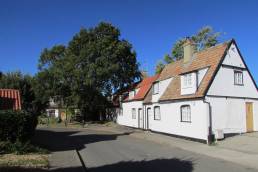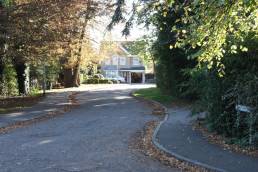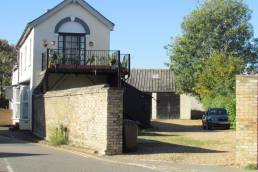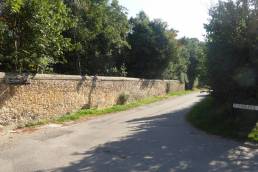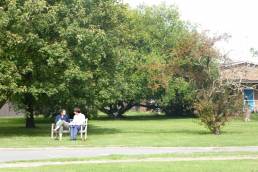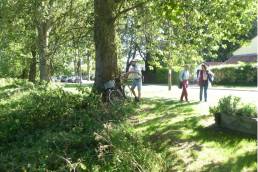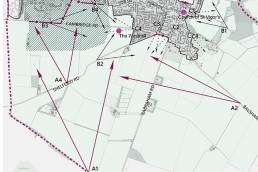COMMITTED AND INTELLIGENT MASTER PLANNING
WORKING WITH THE COMMUNITY OF FULBOURN, SOUTH CAMBRIDGE, UK
The people of Fulbourn know their village is special. URBAN Silence provided the support they needed to influence its future and protect the distinctive features of the village by making effective use of available planning tools.
Fulbourn, a village of around 5,000 people, has been for years under intense pressure for development due to the growth of Cambridge and to the government wishing to expedite housing construction where demand is not met by supply. The community was deeply concerned that development could potentially change the character of the village forever. While they could easily identify what was unsuitable, they found it difficult to define what would be appropriate instead.
URBAN Silence assisted the local community in the preparation of two key planning tools, catalyst to understand what makes the village unique and translate it in planning policy and statutory guidance:
- A Village Design Guide (adopted as Supplementary Planning Guidance in 2020), through which the community defined the special character of the village: the specific fields separating it from the city, the perception on arrival, the character of local streets, built form, views, features, etc. This was distilled in guidance for improving all parts of the village and for appropriate character and integration of new development.
- A Neighbourhood Plan (to be completed in 2022), entirely led by the community, who identified principles, objectives and desirable outcomes. URBAN Silence’s role was to simply support from a technical perspective, being entirely guided by the community for the content. The Plan provides policies to protect the landscape setting, enhance environment and biodiversity and to guide future activities, businesses, and housing development.
The preparation of these two documents was instrumental for the village to better understand their area and agree on what makes it special and different from anywhere else in the region. Their statutory approval gives the community influence on the quality and nature of change, providing agency and clarity of approach.
